The fashion and beauty industry is renowned for providing us with weird, wonderful, and just plain wacky trends on the reg.
Even some of the latest trends made famous by celebs like Kim Kardashian and Gwyneth Paltrow (like vampire facials and vaginal steaming) could be viewed by future generations as straight-up batshit crazy (and honestly, who could blame them?)
But looking back on some of the popular fashion and beauty trends throughout early history, we can see these guys really took the whole “beauty is pain” adage to the next level – and left us well truly shook.
Check out some of the most cooked fashion and beauty trends throughout history below – and definitely don’t try any of these at home.
For more on this topic, follow the Fashion and Beauty Observer.
Foot binding
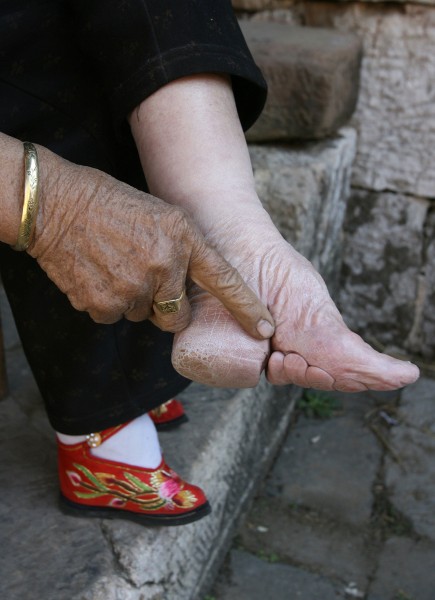
Footbinding first became a popular practice in 10th century China among upper-class court dancers in order to appear more graceful while dancing and was soon adopted by high society as a symbol of status.
Meant to demonstrate a woman who was too valuable to undertake manual labour (or much else, for that matter), mothers would begin the foot binding process on their daughters from the age of two until the age of around eight.
Love Fashion & Beauty?
Get the latest Fashion & Beauty news, features, updates and giveaways straight to your inbox Learn more
They would fold the toes over and bind them tightly as possible, essentially permanently crippling the young girls until their feet became tiny and deformed. Plus, since the arch was broken completely, it generally left the girl unable to walk properly for the rest of their lives. Yikes!
The tapeworm diet
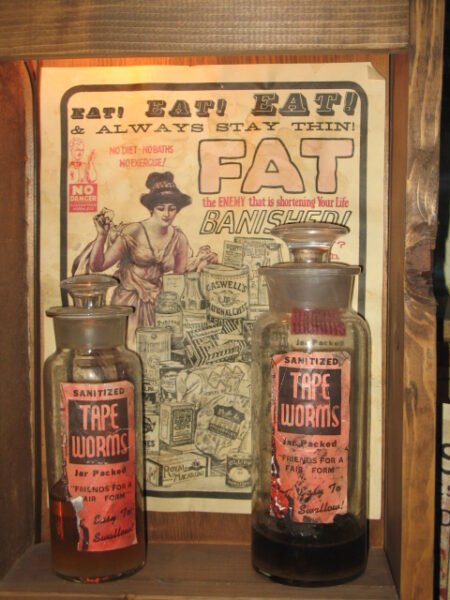
It’s often joked about these days as a quick-fix for weight loss (hint: it isn’t) but women in the 1880s were actually encouraged to eat tapeworms in order to remain slim.
Advertisements at the time would promote pills that carried tapeworm cysts, which women would take to induce days of violent vomiting and diarrhoea until they reached their ideal weight. Charming.
On top of their newfound malnourished svelte figure, those who took the tapeworm pills often ended up with stomach and rectal issues, as well as more serious side effects like meningitis and epilepsy.
We’ll stick to good old fashioned diet and exercise, thanks.
Nightshade eyes
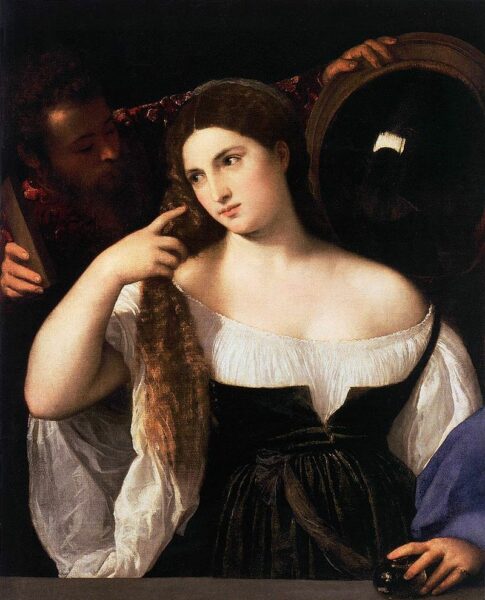
In Renaissance Italy, women were known to use the poison Belladonna – also known as deadly nightshade, one of the most dangerous herbal poisons, as all parts of the plant are toxic – in their beauty routine.
Basically, women would put deadly nightshade in their eyes to dilate their pupils, giving them the appearance of big, watery eyes that would apparently make them appear “weak and fragile”.
It also sometimes caused blindness, which seems like it would be a major putoff – but hey.
Corsetting (aka tightlacing)
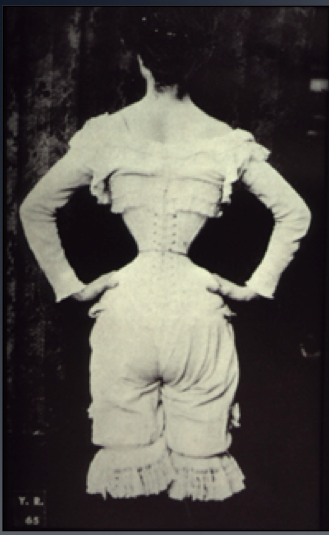
You may be familiar with corsetting thanks to its sudden resurgence among stars like Kim Kardashian, whose famous Thierry Mugler dress turned heads for creating an impossibly tiny 18-inch waist on the reality star at the 2019 Met Gala.
While Kim admitted that wearing the extravagant gown meant she was unable to sit down or even go to the bathroom for four hours, the original act of corsetting back in the Victorian era was even more shocking.
So extreme was the act of “tightlacing” in the 18th and 19th century, that women regularly experienced fainting and restricted lung capacity.
Science writer Brian Switek wrote in his book Skeleton Keys: The Secret Life of Bone that the extreme form of boy modification led to wearers’ skeletons becoming disfigured and forced organs into new anatomical positions.
“The stomach and liver are crammed down, with the ribs compressed into drooping S-loops. The neural spines of each vertebra, the little projections that stick up from the central body of each bone, are also pushed out of place.
“Normally they stack nicely one atop the other in a neat midline ridge, but in long-term corset wearers these spindles of bone jut to this side or that,” he wrote.
Thank God for modern Spanx, am I right?
Black teeth
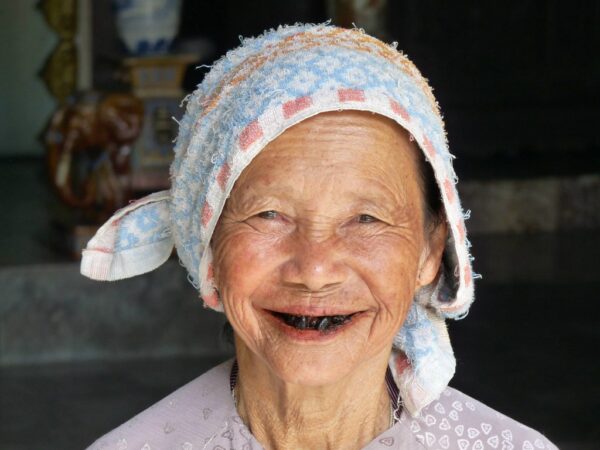
For hundreds of years in Japan, aristocrats would practice Oraguro, or teeth blackening, which dates back to before the Heian Period (794-1185).
The custom was first used to celebrate a child’s coming of age at around 15 and involved using a solution called kanemizu, which was made out of ferric acetate from iron filings mixed with vinegar and tannin from vegetables or tea.
The mixture would blacken their teeth, showing that the child had now become an adult.
The practice wasn’t just limited to Japan – other countries including the Philippines, Laos, Vietnam, Thailand, India, and China also reportedly took on the practice as a kind of status symbol.
Baldness cures

Women weren’t the only ones to take on dangerous and bizarre beauty regimes throughout history.
Throughout the years, men have used every substance under the sun in order to cure baldness, including rubbing a mix of opium, horseradish, pigeon droppings, beetroot and spices on their scalp – a favourite of Greek doctor Hippocrates.
The Ancient Egyptians would use everything from a mixture of fats from a hippopotamus, crocodile, tomcat, snake and ibex, to porcupine hair boiled in water and applied to the scalp for four days.
Medical documents even stated that they would sometimes use the leg of a female greyhound sautéed in oil in order to cure their lack of hair.
Lead foundation

In 18th century Europe, deathly pale white skin was considered a sign of wealth, leading women to take on some incredibly dangerous regimes in the name of beauty.
White facial powder was popular not only to achieved that four-days-dead ghoulish look, but it was also useful to cover those pesky pockmarks, which was actually the reason behind Queen Elizabeth’s ghostly face makeup.
The only thing, however, is that the lead-based foundation women of the time used caused blemishes and outbreaks, leading to a cycle of using the dangerous formula that often led to brain swelling, paralysis and organ failure.



































